A ferry campaign group has said CalMac must make employing island and rural staff its first priority, and stop building boats with accommodation for its mainland staff.
Mull and Iona Ferry Committee have long campaigned for staff from the islands to be trained and promoted as the workers on Scotland’s ferry fleet, but it said a new report shows that the operator was still not listening.
For its part CalMac said it was committed to attracting and retaining staff from the islands and the areas in which its ports are.
A freedom of information request from 2021 shows that crew are currently recruited from across the UK and even internationally.
While travel costs within the UK are met for employees, accommodation is also provided on board ships.
Crews should be recruited locally
In 2021 there were 61 MV Isle of Mull crew members. Of those 14 lived within one hour of Oban, 41 lived more than one hour of Oban but within Scotland, five lived outside Scotland in another part of the UK, and one lived outside the UK.
Joe Reade, the chairman of Mull and Iona Ferry Committee, said there was a greater benefit to the local economy and community if crews were recruited locally to boost the economy, and their families would be in local schools.
He claimed a discussion paper issued by Calmac seemed to indicate, the operator was content to continue to recruit people who were not living in the local area.
The impact of maintaining the status quo is that it will be necessary that all future CalMac boats offer onboard accommodation.
The impact of having vessels with onboard accommodation was that they were more expensive to build than a ferry where staff went home at night.
Mr Reade said: “In the CalMac paper, specific reference is made to the Loch Frisa and the difficulty in recruiting locally for her new crew.
“This is not a fair example, because the recruitment was compressed into a five-month period. For any new vessel seeking shore-based crew the lead-in time would be much longer – at least two years, in parallel with the vessel build.
Crew must be recruited locally
“The number of crew being sought was very high at around 40. Crew residence is not limited to the local area and therefore the recruitment pool is larger.
“Crew travel costs are low to nil if permanently living locally. Crew travel costs to and from work are paid by the company, to anywhere in the UK and until very recently this included foreign destinations also.
“The capital cost of crew accommodation onboard vessels is much higher than building the equivalent accommodation ashore.”
The paper said that recruiting for the Loch Frisa was difficult. It states: “Unfortunately, there were insufficient applicants who met both the minimum criteria of being able to commute to Craignure on a daily basis as well as holding the required certifications and sea time experience.
“Whilst crew recruitment has presented a significant challenge for the introduction
into service of MV Loch Frisa, this has reinforced that availability of local, qualified,
and experienced crew is low.”
The ferry committee said more effort should be put into training local people in the skills needed, rather than continuing to look further afield.
A spokeswoman for CalMac, who run an apprenticeship scheme to recruit local employees, said: “Our ‘Crewing on CalMac Vessels’ information paper was produced to provide background on the topic of crewing, which is a topic we are regularly asked about.”
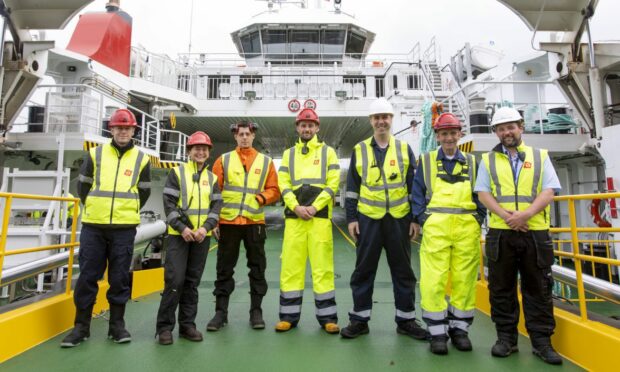
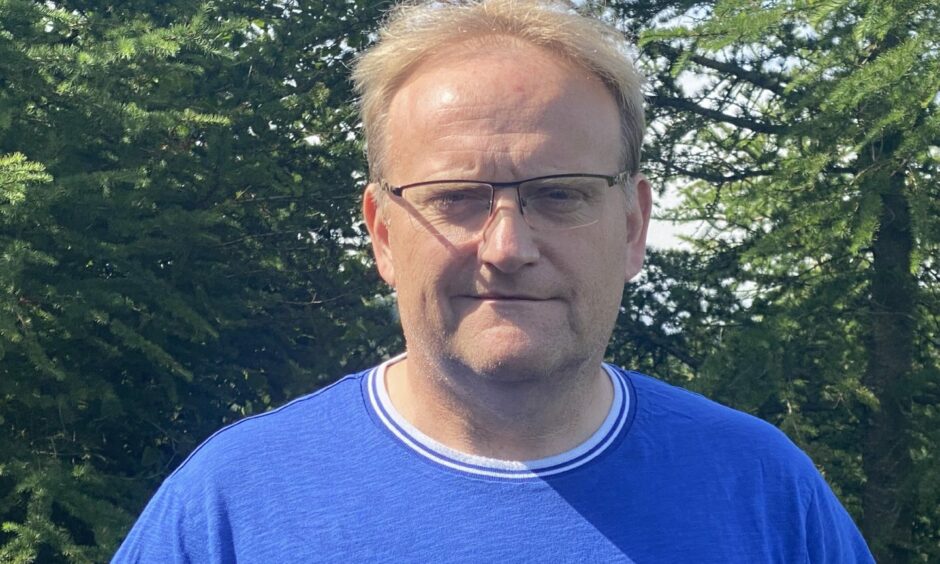
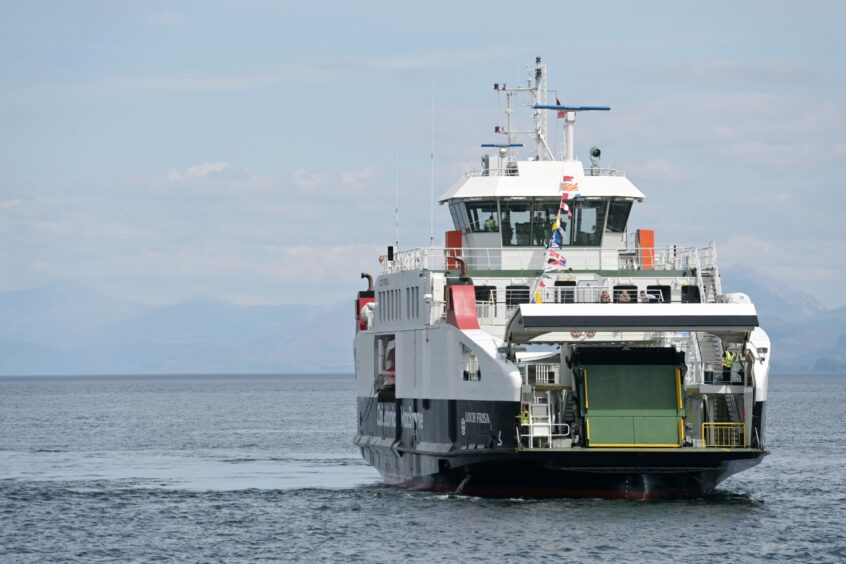


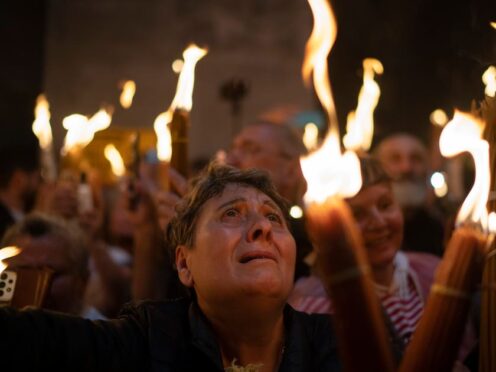



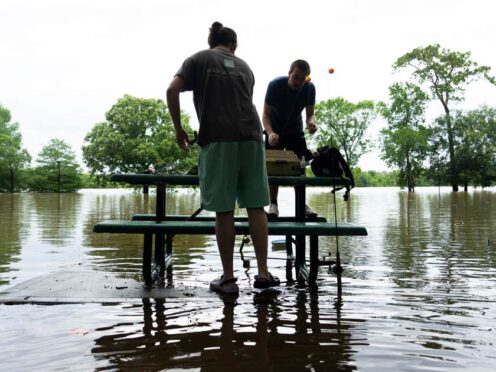
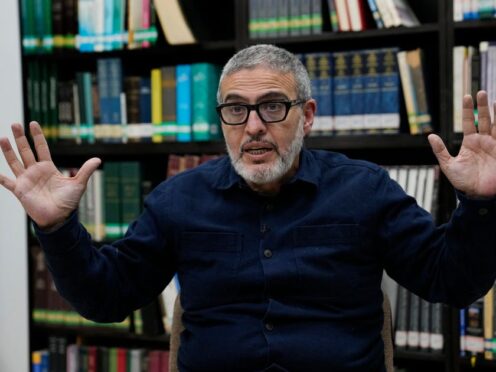


Conversation